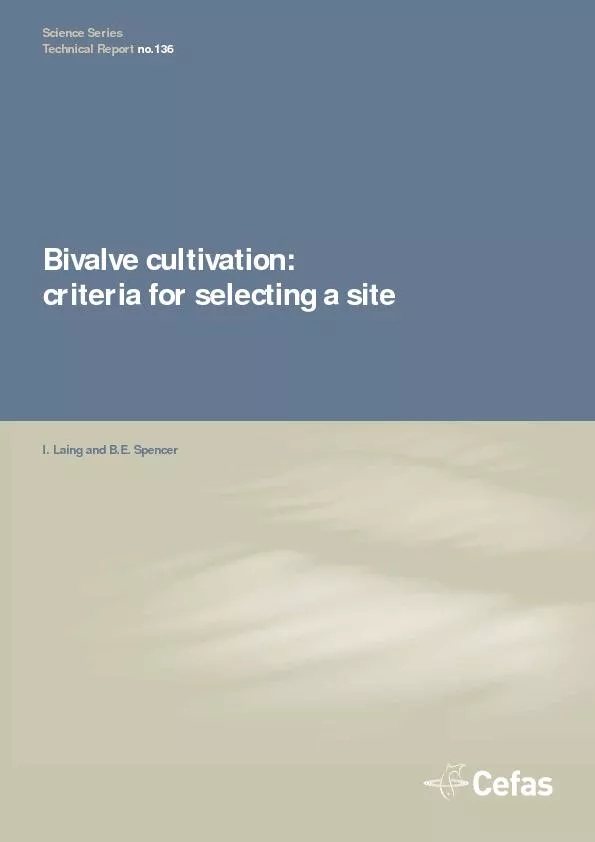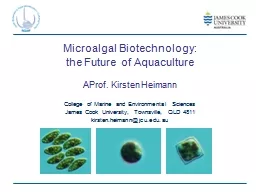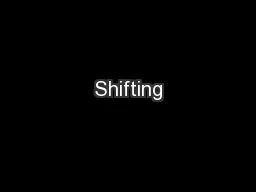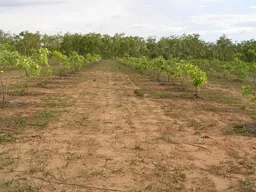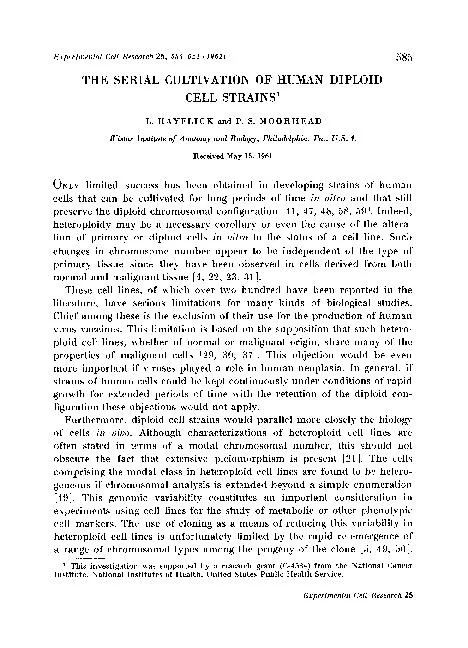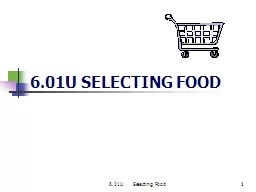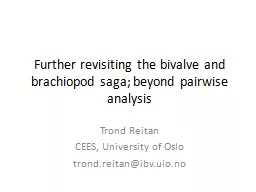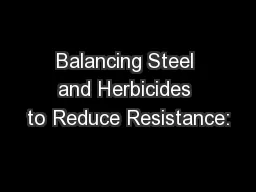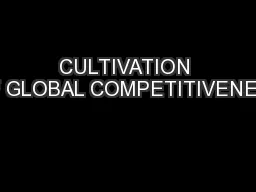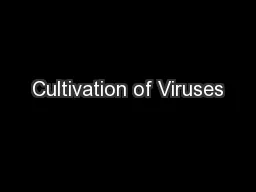PDF-Bivalve cultivation:criteria for selecting a science series technical
Author : phoebe-click | Published Date : 2016-10-17
Contents 1 Introduction 52 Environmental factors 7 21 Physical factors 7 Sea water temperature 7 Salinity 7 Exposure to air wind and currents 8 Substrate 922 Biological
Presentation Embed Code
Download Presentation
Download Presentation The PPT/PDF document "Bivalve cultivation:criteria for selecti..." is the property of its rightful owner. Permission is granted to download and print the materials on this website for personal, non-commercial use only, and to display it on your personal computer provided you do not modify the materials and that you retain all copyright notices contained in the materials. By downloading content from our website, you accept the terms of this agreement.
Bivalve cultivation:criteria for selecting a science series technical: Transcript
Download Rules Of Document
"Bivalve cultivation:criteria for selecting a science series technical"The content belongs to its owner. You may download and print it for personal use, without modification, and keep all copyright notices. By downloading, you agree to these terms.
Related Documents

